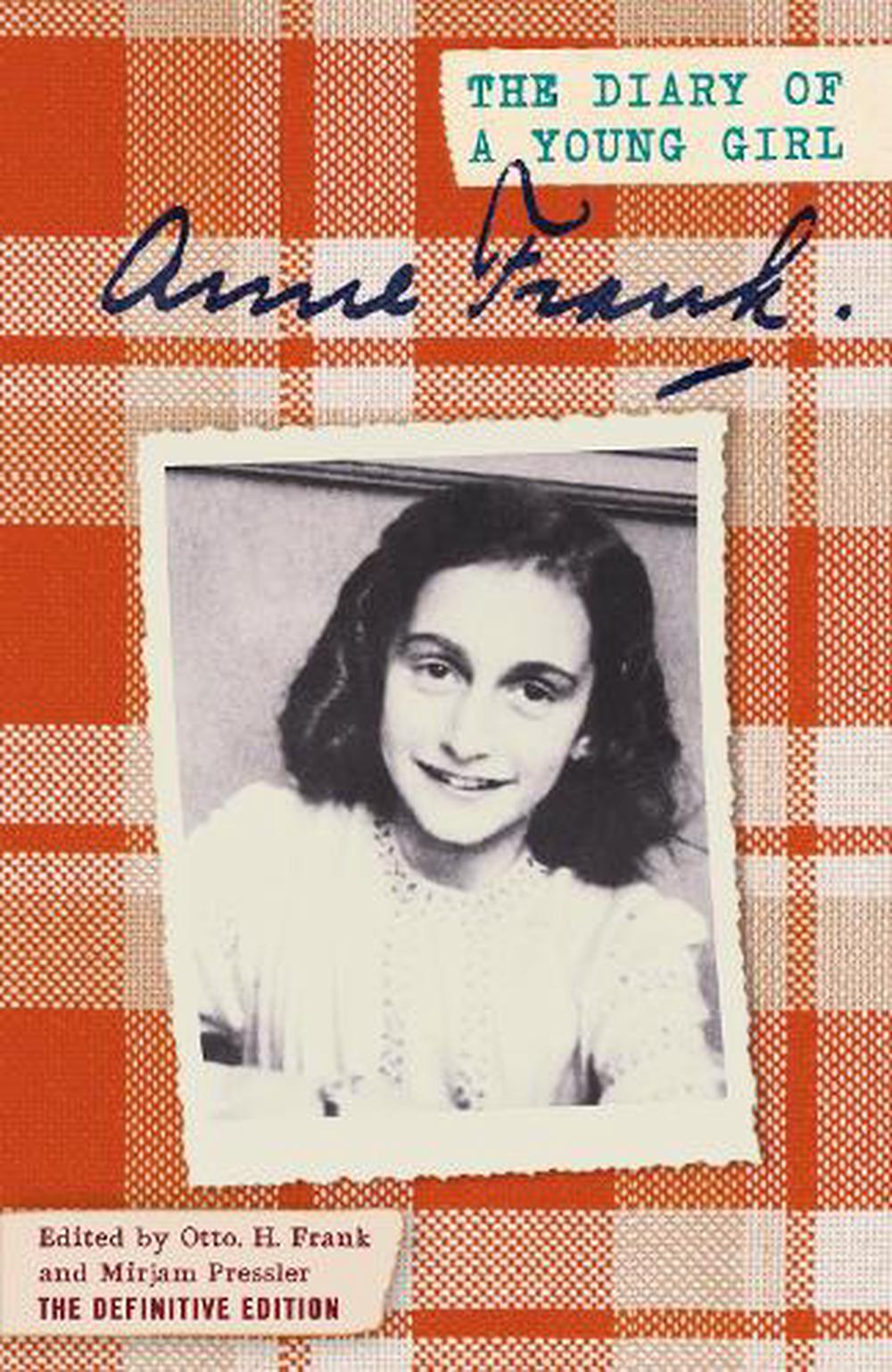
The Diary of a Young Girl
$20.80
- Paperback
384 pages
- Release Date
5 June 2019
Summary
The Unvarnished Truth: The Diary of Anne Frank
A deeply moving and unforgettable portrait of an ordinary, yet extraordinary, teenage girl. The Diary of a Young Girl stands as one of the most enduring documents of the 20th century.
Anne Frank meticulously kept a diary from 1942 to 1944, initially intended solely for her personal reflection. However, in 1944, a broadcast from London by a member of the Dutch government in exile sparked a change in her perspective. The …
Book Details
| ISBN-13: | 9780141315188 |
|---|---|
| ISBN-10: | 0141315180 |
| Author: | Anne Frank, Mirjam Pressler, Susan Massotty |
| Publisher: | Penguin Random House Children's UK |
| Imprint: | Penguin Books Ltd |
| Format: | Paperback |
| Number of Pages: | 384 |
| Release Date: | 5 June 2019 |
| Weight: | 268g |
| Dimensions: | 197mm x 128mm x 24mm |
You Can Find This Book In
What They're Saying
Critics Review
“The new edition reveals a new depth to Anne’s dreams, irritations, hardship, and passions…There may be no better way to commemorate the fiftieth anniversary of the end of World War II than to reread The Diary of a Young Girl”, “ a testament to an indestructivle nobility of spirit in the face of pure evil.”–“Chicago Tribune”“From the Paperback edition.”
About The Author
Anne Frank
Anne Frank was born on 12 June 1929. She died in Bergen-Belsen, three months short of her sixteenth birthday.
Returns
This item is eligible for free returns within 30 days of delivery. See our returns policy for further details.




